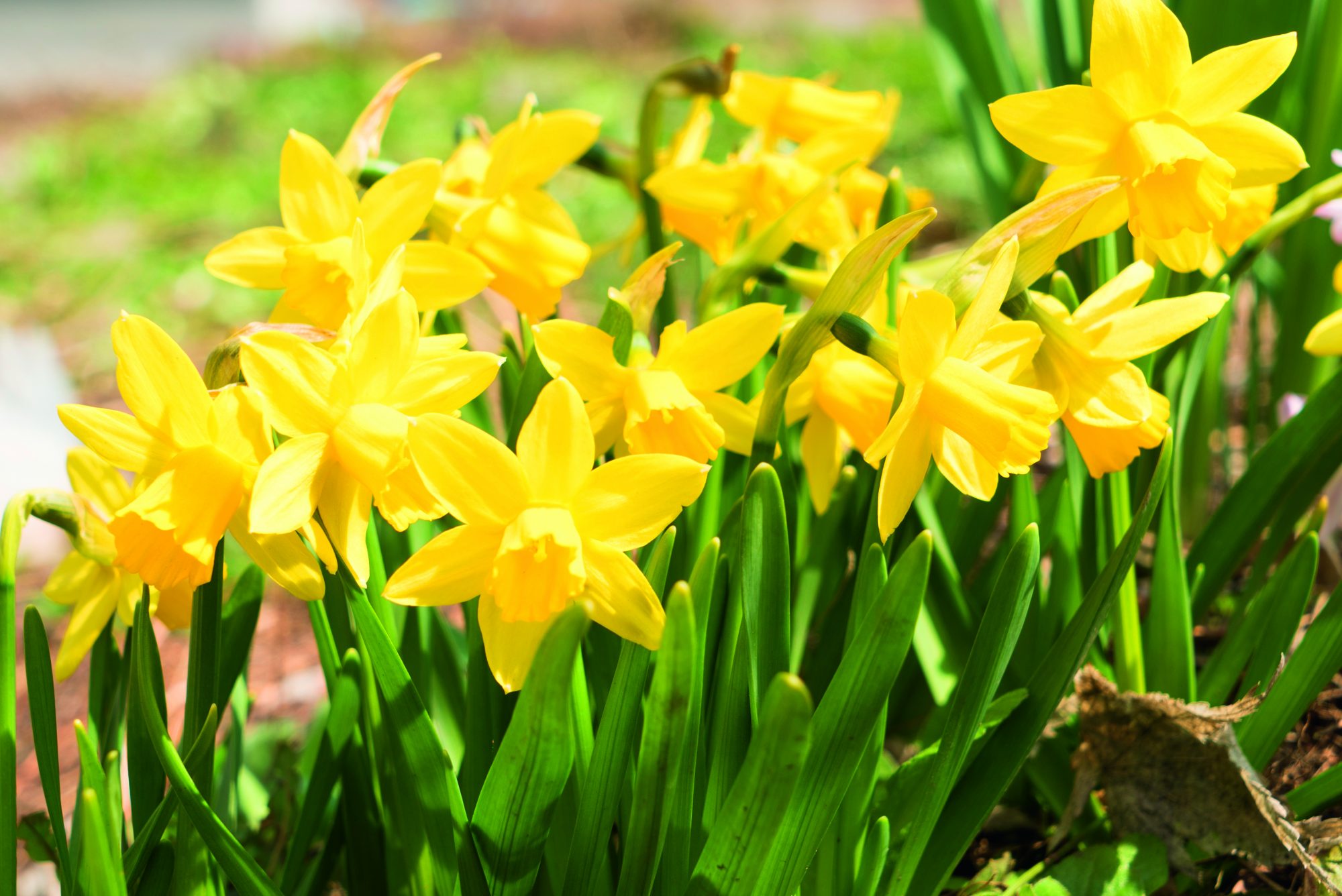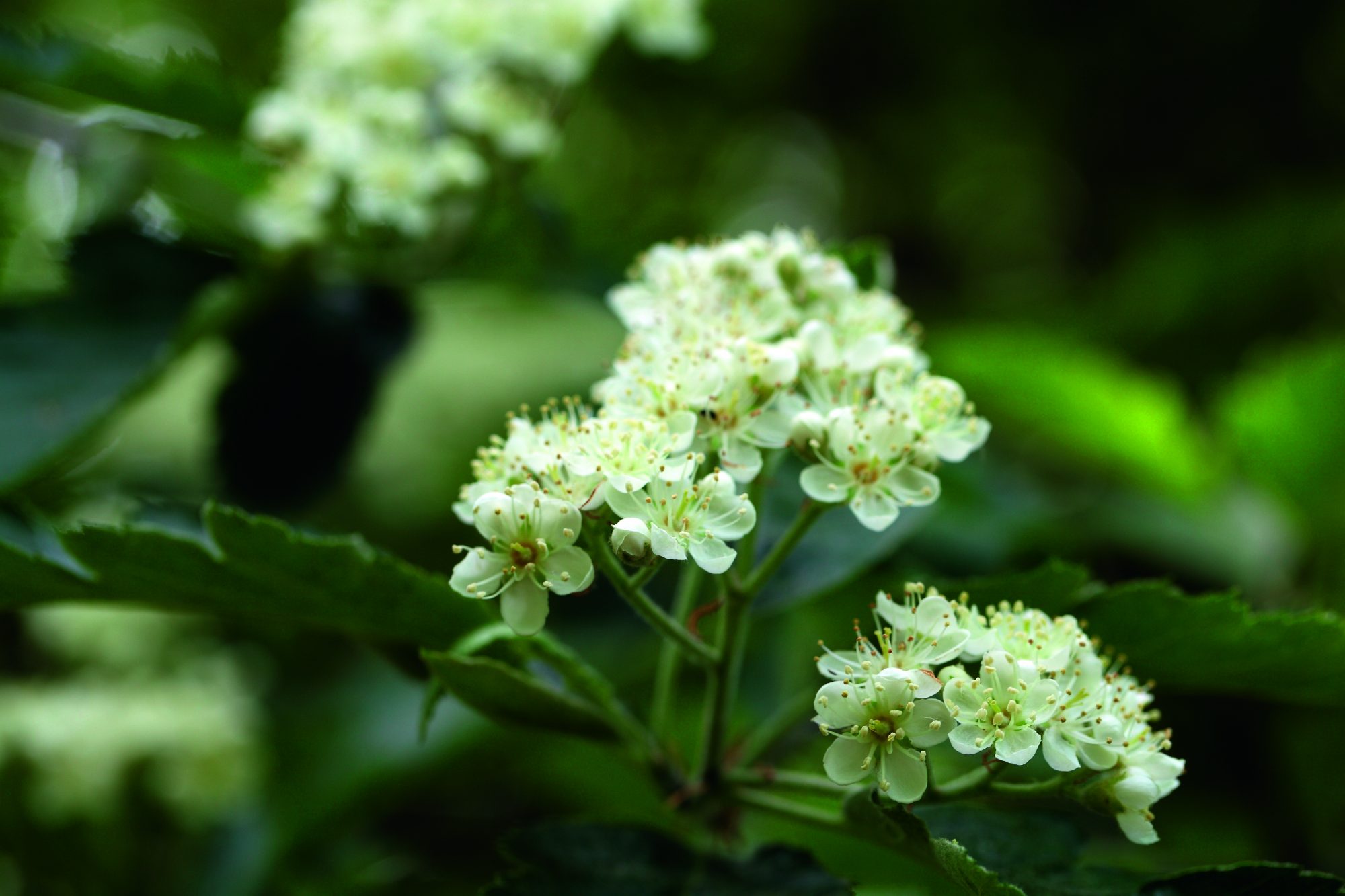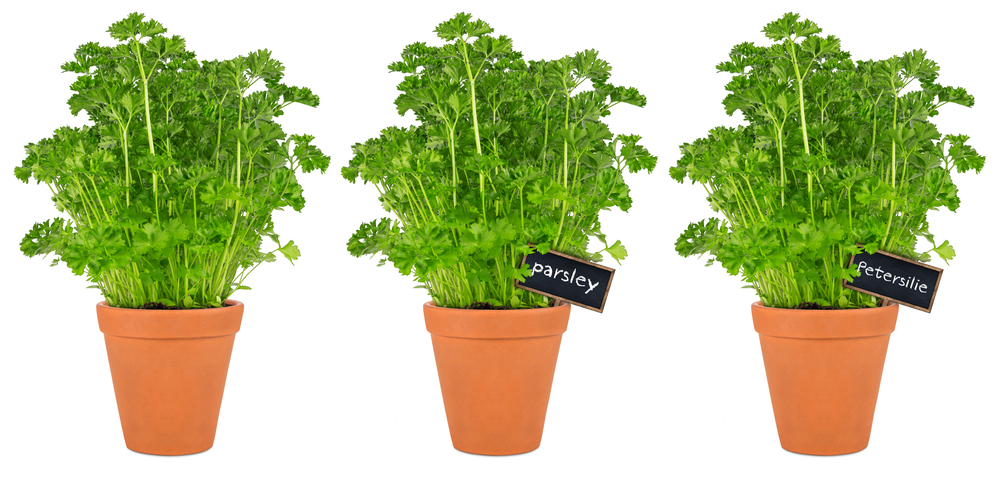It’s the season to nurture buds, shoots and saplings – but, as Ann Winwood warns, beware that sudden cold snaps don’t ruin all your hard work.
I’m writing this in January, when the weather was relatively mild until a snow shower suddenly hit us, so beware of sharp frosts in March and April that can spoil vulnerable plants and soft shoots – have some fleece handy and check the weather forecasts. If a frost is likely, put fleece over the tops of plants to protect them.
To make the most of your garden this year, weed and clean borders, then apply a general-purpose fertiliser before you add any mulches of compost or well-rotted manure. If you have any lime-hating (ericaceous) plants, such plants as camellias, rhododendrons and azalea, make sure you use an ericaceous fertiliser as they require extra trace elements.

Dead-head bulbs, particularly daffodils, leaving on the green foliage, and top dress with fertiliser – that means putting the fertiliser onto the soil without digging it in. The foliage will send the food back to the bulb and you’ll get a better display of flowers next year. Remember to dead-head spring-flowering bedding plants to encourage more flowers. Snowdrops can be split into smaller clumps at this time of year.
Take it outside
Many summer-flowering bulbs and tubers can be planted outside as the weather warms up – lilies and gladioli, for example. Always plant lily bulbs on their side so that water doesn’t lie in the scales and cause them to rot. Lilies, especially tree lilies, benefit from being started off in pots and planted outside once growing strongly. They don’t reach their full potential in height for a couple of years but are well worth the wait. Why not try the newer carpet lilies which, as the name suggests, are dwarf-growing with a spreading habit.

Dahlias can be started off in pots inside then planted out once the danger of frosts has receded. Begonias should be pressed gently into potting compost, curved side down – never completely covered, water and keep on a light sunny windowsill or in a heated greenhouse.
Remove any old growth from perennials and divide if required. Put in stakes, canes and plant supports before plents get too tall and flop over. Slugs and snails love young herbaceous shoots, especially in damp conditions. The new Slug Gone from Vitax is an excellent deterrent and is a natural product made from sheep’s wool, which acts as an irritant to slugs and snails.
Like a sprayer?
Rose pruning should be finished now. Once the new growth has several sets of complete leaves open, if you use chemicals in your garden, start spraying them fortnightly against black spot, mildew and aphids; best control is achieved by using two different products alternatively so pests don’t build up a resistance to one particular chemical.
Remove moss and weeds from paths, patios and drives with one of the chemicals designed for this purpose – they’ll keep your area weed free for the season. Read the label carefully before applying and follow the instructions.
Moss busters
With so much damp weather over the last few months, there’s going to be plenty of moss in lawns. We have in stock MO Bacter which is a slow-release organic fertiliser for lawns. This feeds the lawn over a 12-week period and contains bacteria which are naturally found in the soil and which, when added to fertiliser, will consume material such as thatch and moss, making it unnecessary to rake or scarify after treatment.
There’s also the traditional lawn moss killer, which can be raked out once the moss has died and gone black. Remember the golden rule with lawns: never rake moss out while it’s still alive… you’ll just spread it everywhere! Aerate the lawn with a fork or spikes on shoes to improve drainage. If you’ve got weeds as well, use one of the combined feed, weed and moss killers. Any bare patches can then be reseeded. Feed regularly through the growing season.
Spring flavours
Annual herbs can be sown now – fennel, parsley, savoury and dill all need replenishing every year. Perennial herb varieties can also be planted, remember to water and feed regularly so you can keep cropping throughout the year.
Watch out for late frosts if you’ve got potatoes in tubs with plenty of leaf growth – always protect at night. Plant your first and second early potatoes followed by maincrops, again watching out for late frosts once the foliage appears.
Carrots, celery, beetroot, leeks, onions, broad beans and lettuce can all be sown or planted outside during April. Sow at regular intervals to give a steady supply of vegetables.
Plug plants are now appearing in garden centres, pot them up into larger pots and keep them warm and in a sunny position. Don’t be tempted to leave them outside at the moment – the end of May is plenty soon enough.
Happy gardening!
This issue’s tips are provided by Ann Winwood of Lealans Garden Centre, Shipley.






